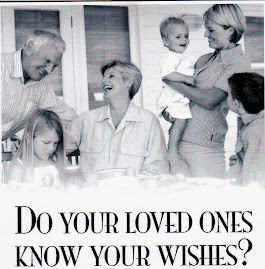Susan Lenz’s primary medium of choice is embroidery. She calls herself a contemporary embroiderer — I call her a genius. Susan has taken this traditionally female art medium from the quiet laps of working women (all women are working women — whether they get paid for it or not; and by the way, most don’t) and placed it on the walls of galleries and art exhibits where it rightly belongs. But don’t expect samplers and doilies when you see Susan Lenz’s work — expect to be moved, shocked, overwhelmed, elated, and devastated. It can be intense.
Susan’s upcoming exhibit at Gallery 80808 on Lady Street is called Blues Chapel and Last Words. In it she has taken the images of 24 blues divas and adorned them with the gilded glory anyone who made the contributions they did, deserve. People like Ma Rainey, Billie Holiday, Bessie Smith, and Nina Simone. Susan has literally coronated these women with golden halos endowing them with dignity, engendering reverence.
I’m lifting the following quote from Susan’s blog –
“Early female blues singers lived in a male dominated society, in a segregated country, and worked in an industry that took advantage of their lack of education and opportunity,” Lenz said. “Physical abuse, drug and alcohol dependence, and poverty plagued most. They struggled, made sacrifices, and sang of their woes. They helped change the world for today’s young, black, female vocalists.”
Last Words, the accompanying exhibit which has been integrated very well into this show, represents the miles and hours Susan spent visiting cemetaries, literally across continents, collecting silken grave rubbings from headstones and monuments then bringing them home and transforming them into 30 art quilts. The arrangement of the exhibit is such that if Blues Chapel represents the Church, then Last Words serves as the church yard.
The opening of the show is Friday night, February 5th from 6 to 8 pm, with a performance by local blues artist Eboniramm beginning at 7 Pm in conjunction with The Blue Martini, which shares a hall with Vista Studio’s gallery. Eboniramm will be the lady singing the blues in tribute to the artists we will all be honoring on Friday night. My friend, the artist Susan Lenz, included. The reception will end at 8, but the gallery will be open until midnight, and the exhibit will also remain open for viewing as well. Then at 9, Eboniramm will reprise and expand her tribute at the Blue Martini for a $5 cover charge.
It’s going to be a beautiful night — I hope I get to see you there.














































